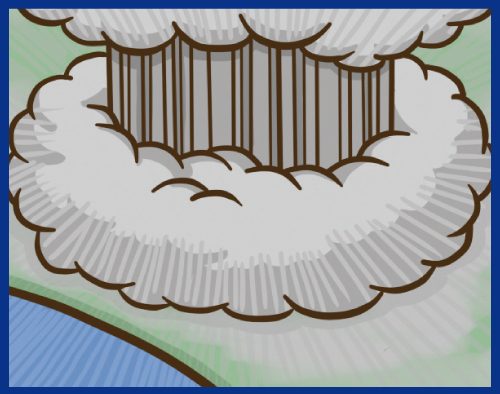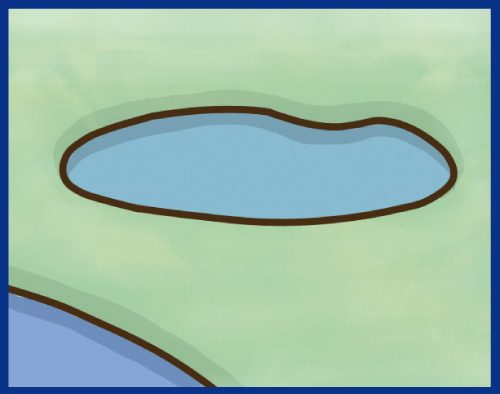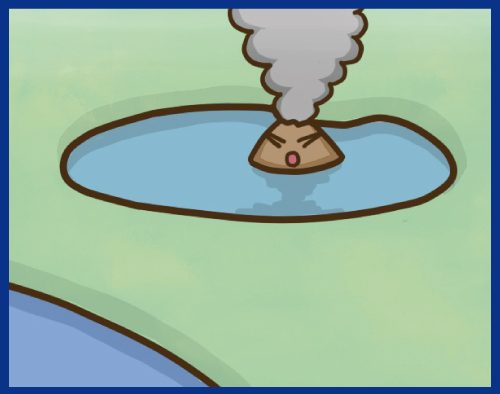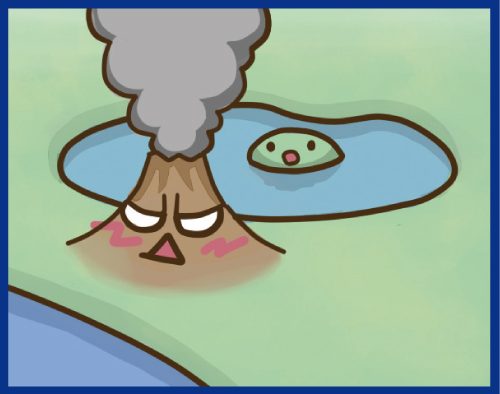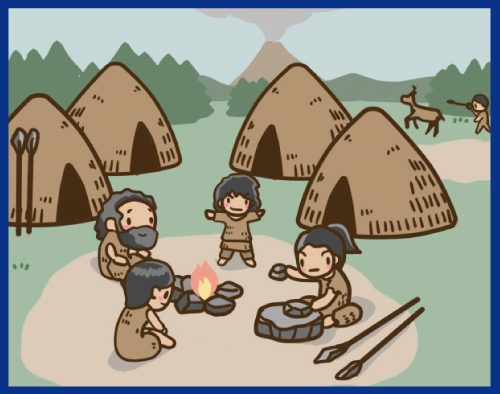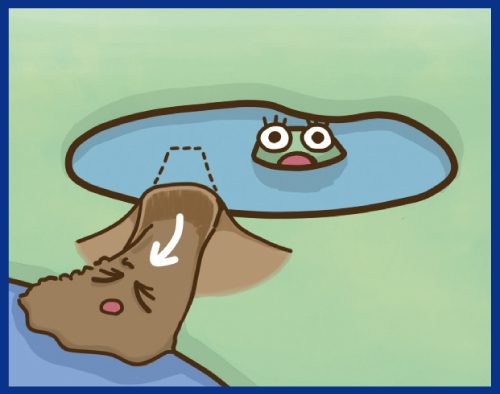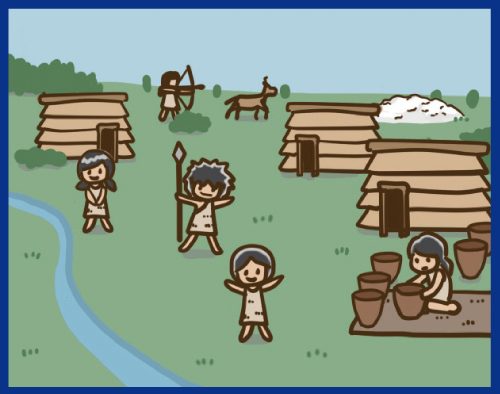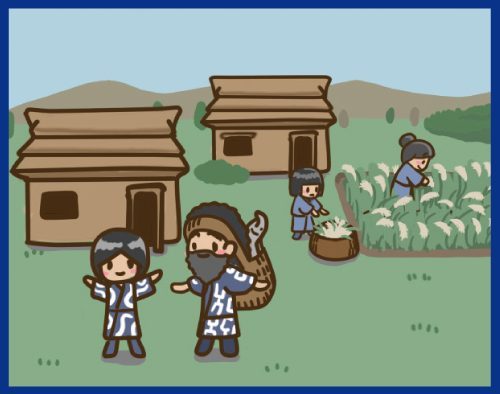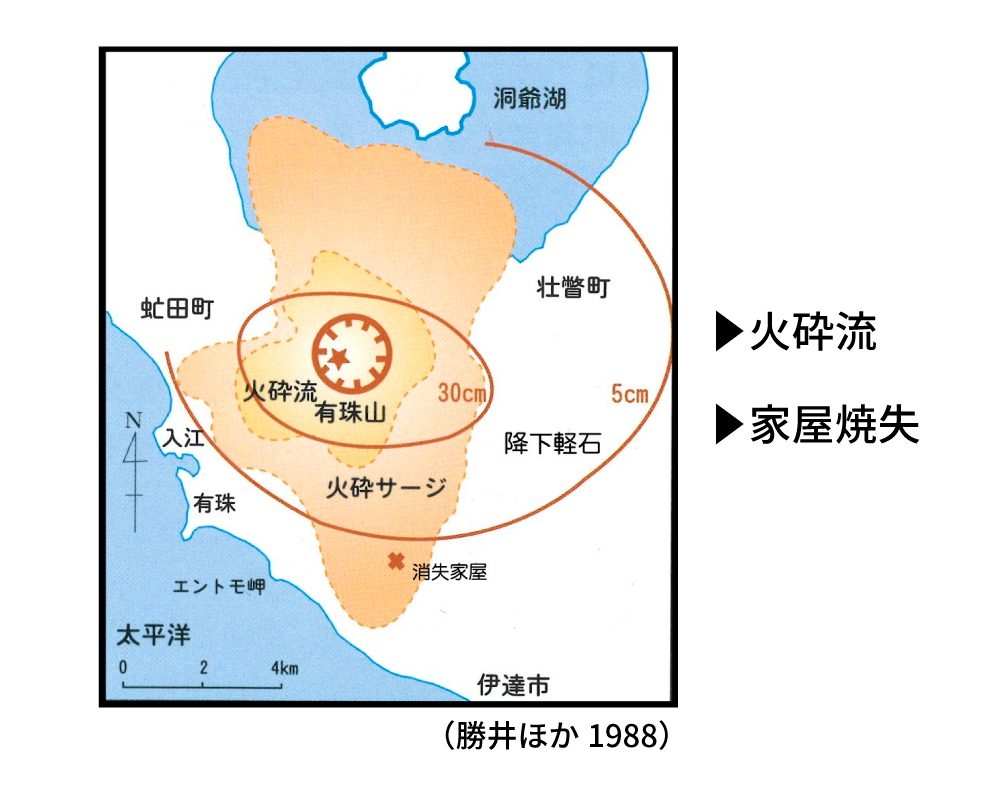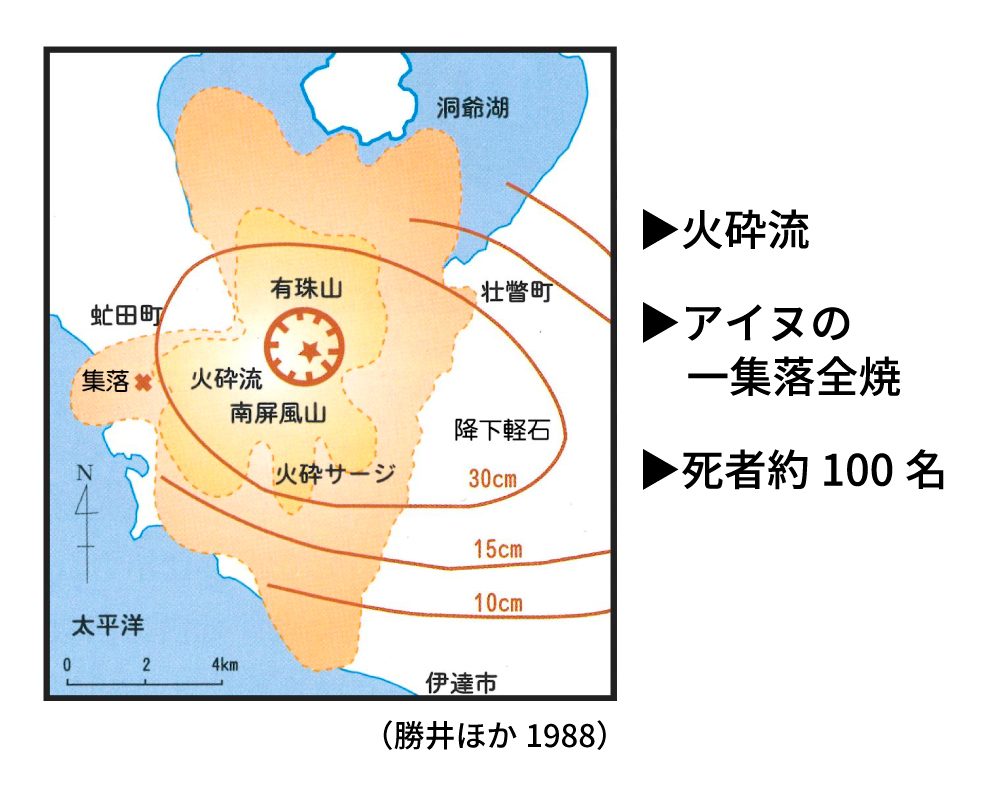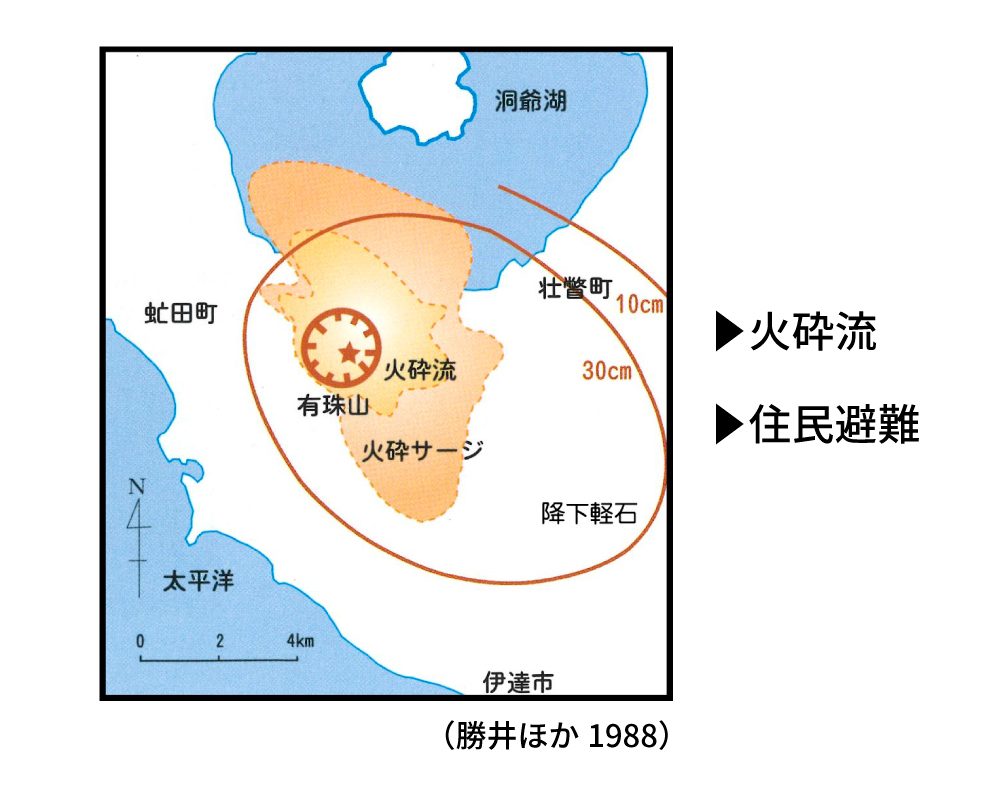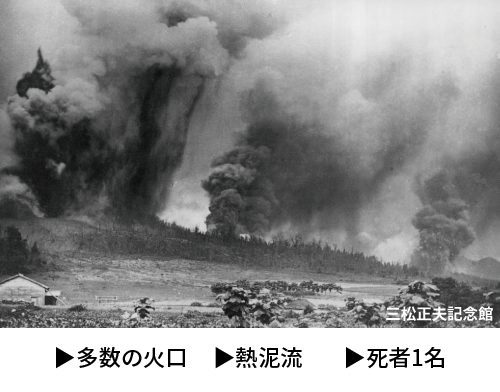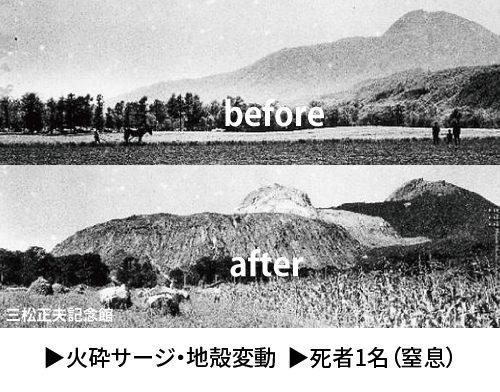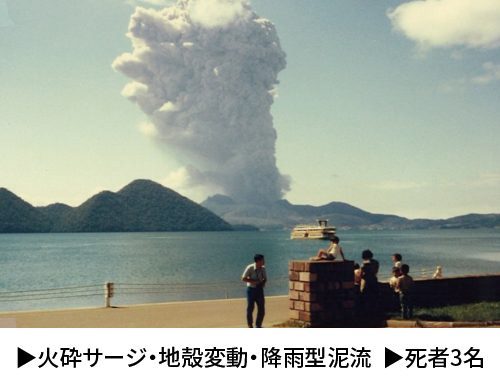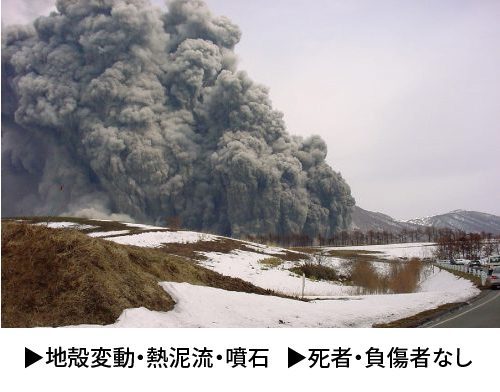Toya-Usu UNESCO Global Geopark
A geopark where visitors enjoy nature, culture, food and the awesome power of volcanoes

The Toya-Usu UNESCO Global Geopark is a geopark with Lake Toya at its center. Look for the donut shape on a map of Hokkaido. You’ll find a donut-shaped lake (10 km in diameter) in southwestern Hokkaido. This is Lake Toya.
Surrounded by mountains, the lake resembles a large pot. Approximately 110,000 years ago, an eruption caused a huge depression to form, and the lake formed when the depression filled with precipitation. Such a lake is called a caldera lake.
At the center of Lake Toya is an uninhabited island called Nakajima, which consists of several large and small hills. Nakajima Island was also shaped by repeated eruptions approximately 50,000 years ago. The differently shaped hills are the lava domes that formed when lava pushed up from underground.
History of Toya Caldera and Usu Volcano
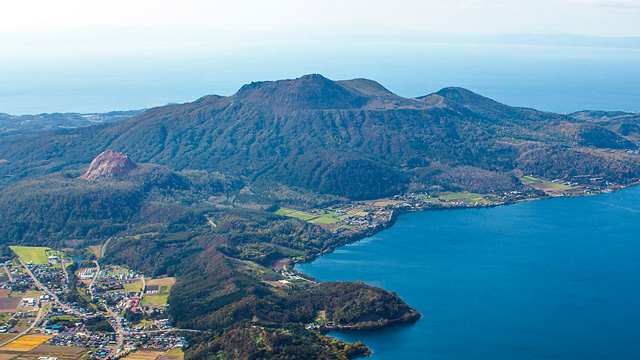
South of Lake Toya is Mt. Usu, an active volcano. Its fumarolic gas, bare rock and awesome traces of eruptions convey the might of the volcano. Mt. Usu has erupted at least nine times since 1663 – four times in the 20th century alone (1910, 1944 – 1945, 1977 – 1978, 2000). Near the summit and the base, visitors can see the many craters that have formed from the repeated eruptions.
The most notable characteristic of the Toya-Usu Unesco Global Geopark lies in the fact that people have been living in the shadow of this active volcano. From time to time, craters and faults would form in the town and new hills would be created. Eruptions have caused various disasters and have affected people’s lives. To keep the memories of these disasters from fading, buildings and roads damaged by eruptions have been protected as disaster traces, and a walking path has been built to give visitors access to these.
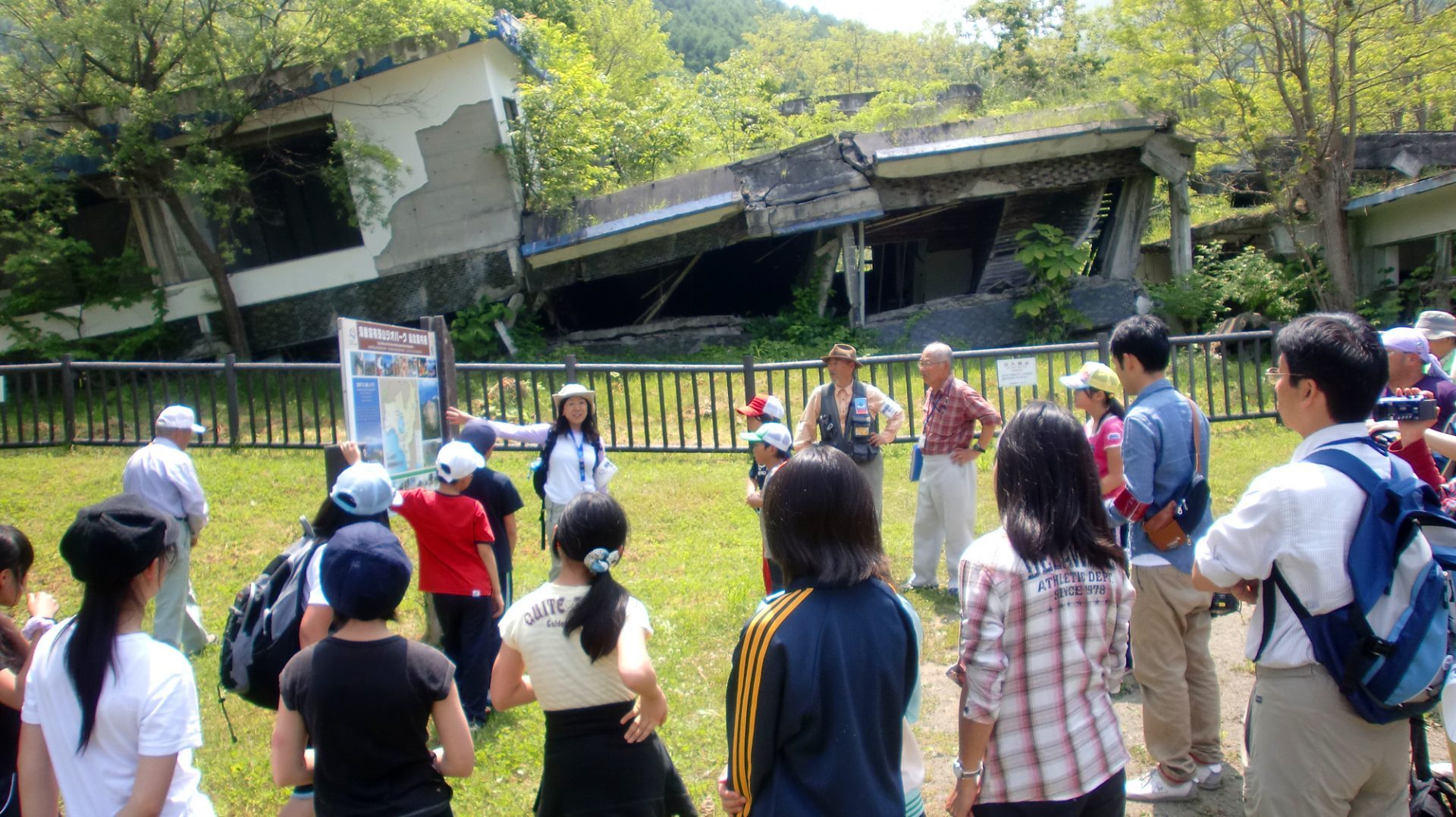
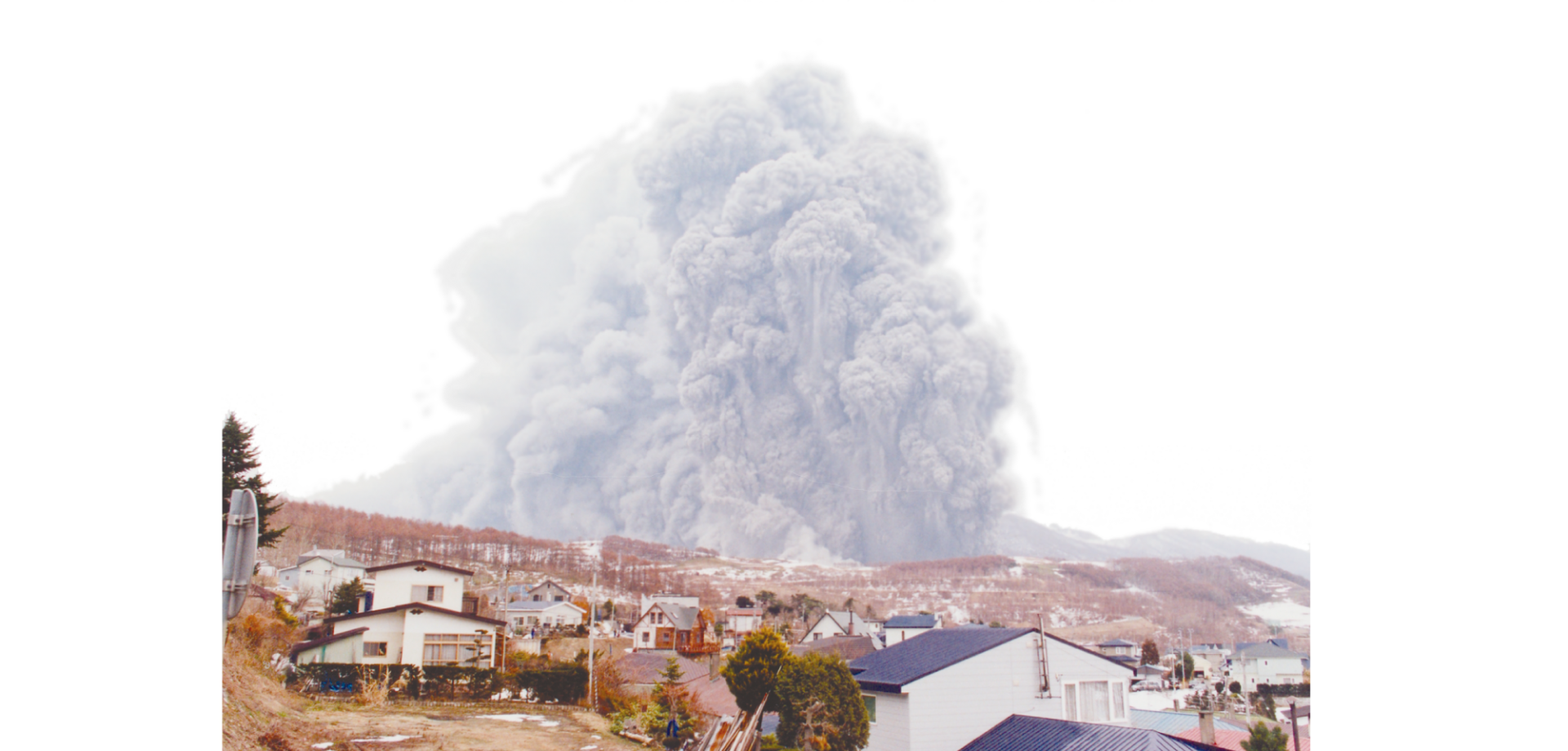
The 2000 Eruption
This eruption occurred at the foot of the mountain.
Despite the proximity to a national route and houses, there were no direct casualties.
The early detection of eruption signs made it possible for residents to evacuate beforehand.
Why have people continued to live in an area where eruptions occur?

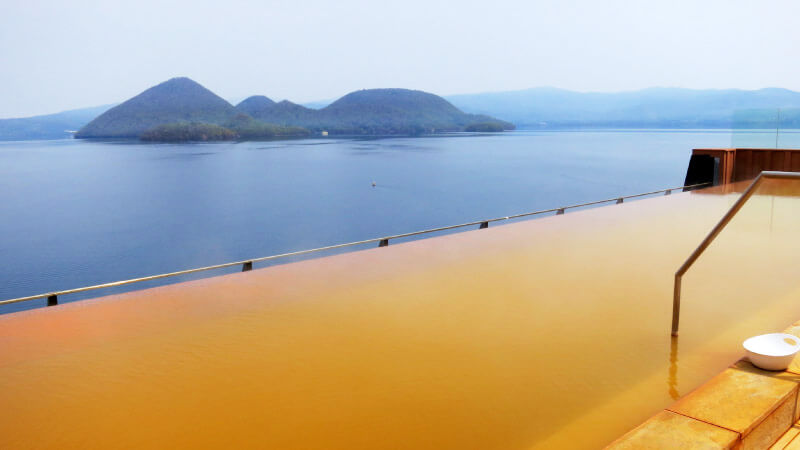
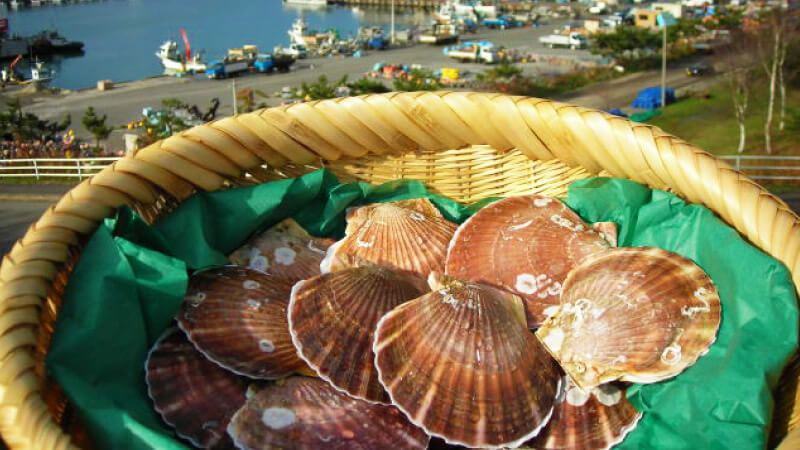

People live here because they’ve benefitted from these volcanic blessings.
People in this area will have to keep thinking about how they can live with the volcano. To keep living here, they must prepare for eruption disasters. What distinguishes the area are tours that are guided by people who are knowledgeable about volcanoes and who can talk about natural disasters and disaster mitigation. In light of this, the area has earned high acclaim and has been designated as a UNESCO Global Geopark.



Taking in views created by the volcano, eating delicious food that owes to volcanic blessings, soaking in a hot spring and thinking of the earth, our home: These are some ways to enjoy the Toya-Usu UNESCO Global Geopark.

